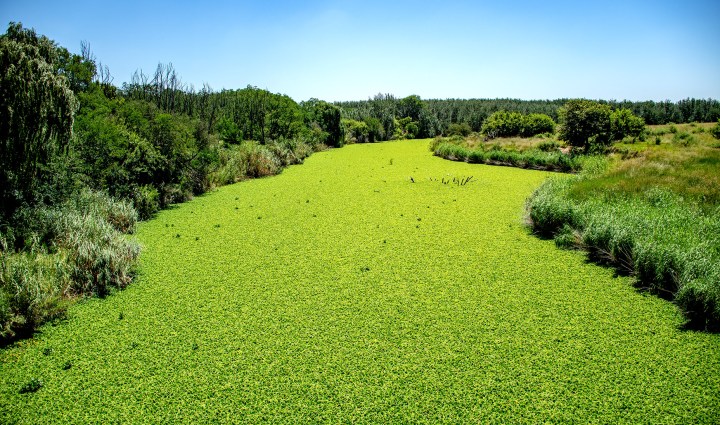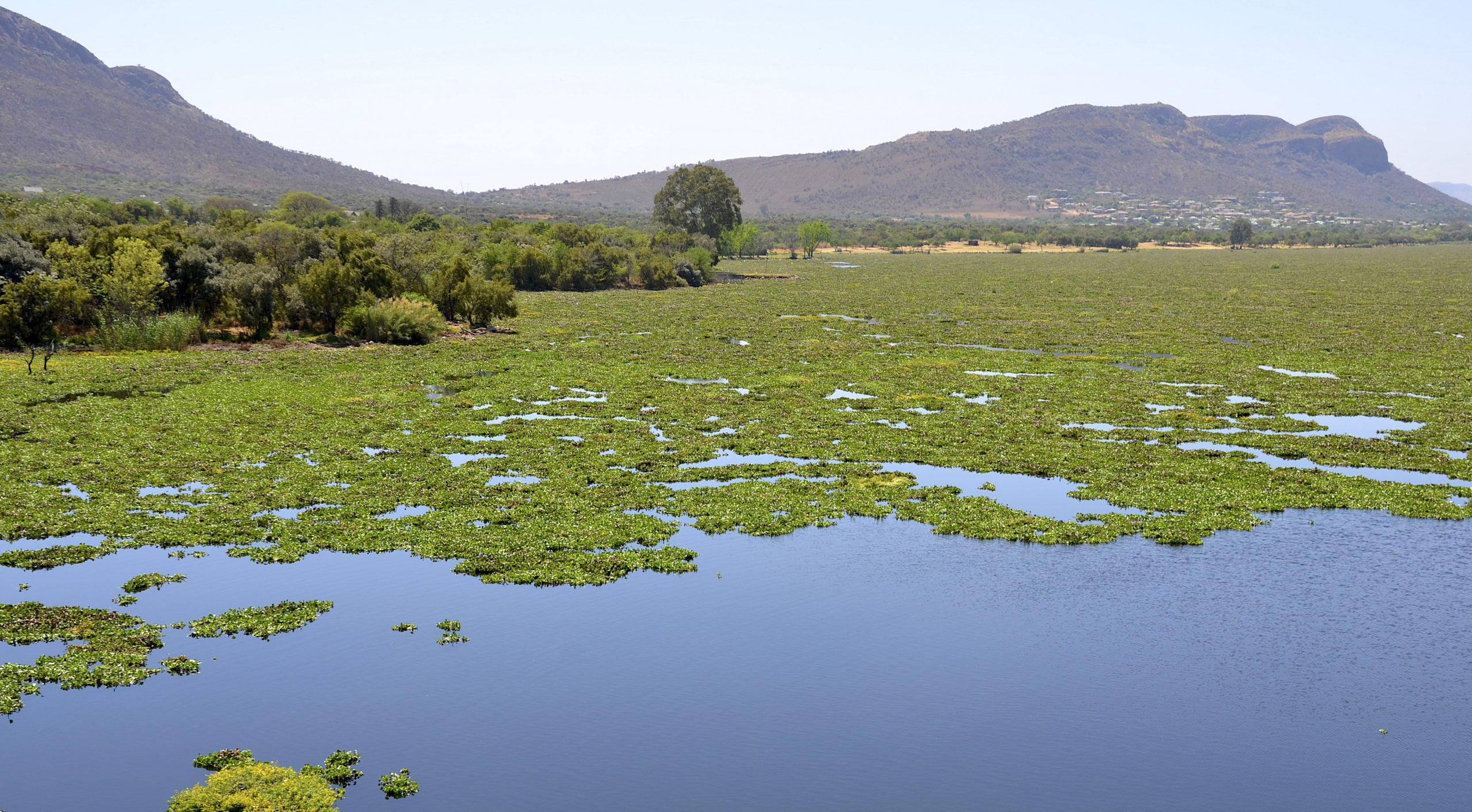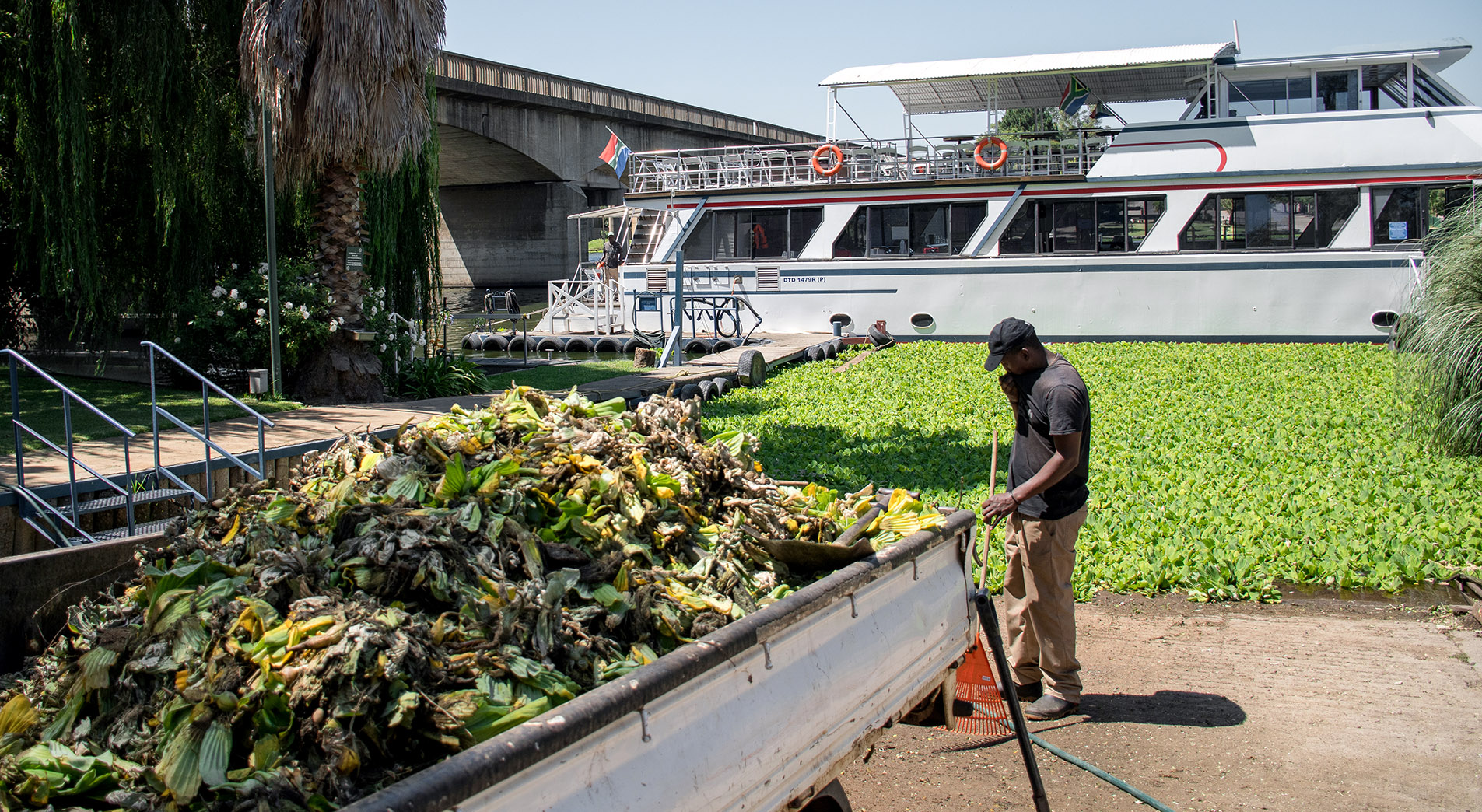DISCHARGE CRISIS OP-ED
SA faces serious human health risks if we continue discharging toxic sewage into waterways

South Africa produces over seven billion litres of sewage daily, with about 90% of that being released to rivers and the ocean in a partially treated format. It’s driving major change to our aquatic ecosystems including the acceleration of the process of enrichment, eutrophication.
How much raw sewage can we discharge into our rivers and wetlands before we start to see serious human health risks? If we had a database listing all known human health cases requiring hospitalisation after exposure to contaminated water in dams, lagoons and estuaries, we would start to get a sense of the magnitude of the problem.
When I was Vice-Chairperson of the Research Advisory Panel at the CSIR, my role was to identify key themes to structure the national research programme from a water perspective. I was asked to deliver the keynote address to a conference entitled “Science Real and Relevant” in 2008.
That paper had a major impact. It encapsulated what were clearly the three main strategic drivers of our water quality challenges: loss of dilution capacity in our rivers, the spatial development patterns that placed most of the population upstream of rivers used for drinking water, and the historic legacy of anger and mistrust.
A quarter of a century later these three factors are still relevant, but now in an acute form.
In 2002 the National Water Resource Strategy reported that we had allocated 98% of all the water we had available if we took the ecological reserve and basic human needs into consideration. Stated differently, we were a water-constrained economy.
We were confronted by a harsh reality — do we apply the notion of environmental flows as prescribed by the National Water Act (NWA) to protect our rivers and wetlands, or do we transition to a future in which the recovery, recycling and reuse of water becomes the strategy for reaching full employment in a growing economy?
The mining industry led the way, with Anglo Thermal Coal and BHP Billiton pioneering technology for the recovery of potable water from acid mine drainage. The water reclamation plant at eMalahleni has been running for a quarter of a century and it continues to drive efficiency in the management of brine.
Read more in Daily Maverick: 6,000 health and environmental ‘time bombs’ still to be defused – Govt decades behind schedule
The ANC government led the way in recovering water from sewage at the Durban South Wastewater Treatment Plant near Amanzimtoti, supplying industrial process water to various end users such as an oil refinery and a paper mill. This was world-class stuff.
Then it all came to a grinding halt. For some reason, technological development stopped, innovation became a swear word, and sewerage systems began to break down across the country.
Overwhelming increases
Today we produce over seven billion litres of sewage daily, with about 90% of that being released to rivers and the ocean in a partially treated format. That is a lot of sewage, and it’s driving major change to our aquatic ecosystems. The biggest change is the acceleration of the process of enrichment, known technically as eutrophication.

A 2021 study found the presence of Per-and Polyfluroalkyl substances (PFAS) in the Hartebeespoort Dam. The Dam was already one of the worst examples of eutrophication in the country, and pollution from domestic and industrial effluent have made the dam a source of very poor quality water. (Photo: Wikipedia)
Hartbeespoort Dam is highly enriched by sewage flows. This is well documented, so the science is robust. However, it took more than three-quarters of a century to get to the stage it is in today.
The Vaal River is now in the news because it has been infested with water lettuce. This risk was unheard of two years ago. The Vaal has rapidly become so bad that glyphosate, a highly controversial chemical, is now being sprayed on it. What took decades to happen in the Crocodile River took months to occur in the Vaal.
Read more in Daily Maverick: Rapid water lettuce spread threatens Vaal River — weevils could be the solution
On the Onrus River in the Western Cape, the De Bos Dam was built in the 1970s. It altered the flow of water through a peat bed that has taken 50,000 years to form. In 2019 it caught alight because environmental flows were not being released as defined by the NWA.
Four years later two major rainfall events destroyed 80% of the peat, creating an environmental disaster for Hermanus, closing out the estuary and creating a new wetland in a lagoon where open water used to exist. The rate of change was rapid, with just four years between the fire and the ravaging flood.

Residents along the Vaal River have been removing several tonnes of water lettuce from the river in an urgent attempt to stop the rapid growth of this invasive species. (Photo: Julia Evans)
This is playing out across the whole country. Change is happening so fast that the institutional capacity of the state is simply overwhelmed. National, provincial and municipal governments are falling over each other with no coherent strategy, or adequately resourced policy response.
Special interest groups are taking over, with some displaying vigilante qualities as they become the enforcers, trying to do what the state is unable to.
This is a big deal because as with all crises, they typically come as double whammies. This is manifested as highly polluted dams, estuaries and lagoons where we are starting to see the emergence of a new and as yet unquantified risk.
Human health issues are bubbling under the surface, with some truly terrifying stories. The highest profile is that of RW Johnson, the famous writer and historian, who lost his leg to a flesh-eating bacterium — what is known technically as necrotising fasciitis — after he scraped it in a lagoon on the KZN South Coast.
This poses an important question. How much raw sewage can we discharge into our rivers and wetlands before we start to see serious human health risks?
As I predicted in my 2008 address at the CSIR, we have lost our dilution capacity, and most of the population still lives upstream of drinking water treatment plants, so their sewage is contaminating the resource.
This is my prediction for the near-term future: we will start seeing an increase in neurological disorders associated with the aerosolised ingestion of toxins produced by blue-green algae. We will start seeing a clustering of cases involving different forms of necrotising fasciitis, probably associated with dams, lagoons and estuaries.
Good science should always have a moral conscience. Where are the scientists speaking up about the use of glyphosate in our rivers and wetlands?
Where are the scientists raising concerns over the relentless flow of sewage into rivers and wetlands?
Where are the technically competent people, with the knowledge to speak out, and the courage to do something about it?
This is not the A to Z of our water challenges, but it is the elephant in the room that nobody is willing to acknowledge. DM
Professor Anthony Turton is an expert on SA’s water issues, and will be facilitating the Oppenheimer Generations Research and Conservation webinar ‘SA’s water whirlpool of pain’, which takes place on March 20, at 1pm (CAT). You can register for the webinar here.
The panellists are: Professor Sylvester Mpandeli, who is an Executive Manager at the Water Research Commission (WRC) and also an Adjunct Professor at the University of Venda; Mariette Liefferink, a climate change activist and the chief executive of the Federation for a Sustainable Environment; and Professor Hamanth Kasan who has over 35 years’ experience in both academic and utility sectors focused on water and sanitation.







 Become an Insider
Become an Insider
Wetlands and particularly constructed wetlands can be used temporarality used to deal with sewerage spills and ideally just for the ‘polishing’ of effluent. Comparing the time taken for the Vaal to have water lettuce and hyacinth, is a false comparison, typically another click bait thing; for one these are two different flow situations. The poor condition of the Vaal has been known for along time. The institutonal capacity of government has been overwhelmed, what rubbish, this was a deliberate sabotaging of infrastructure development capacity by the ANC for self enrichment. This is the key driver of water and other infrastructure problems; dilution as a strategy is in itself ridiculous anyway.
Bro. Please correct the errors in your sentences. They make it hard to follow your thoughts.
A bitter life for all